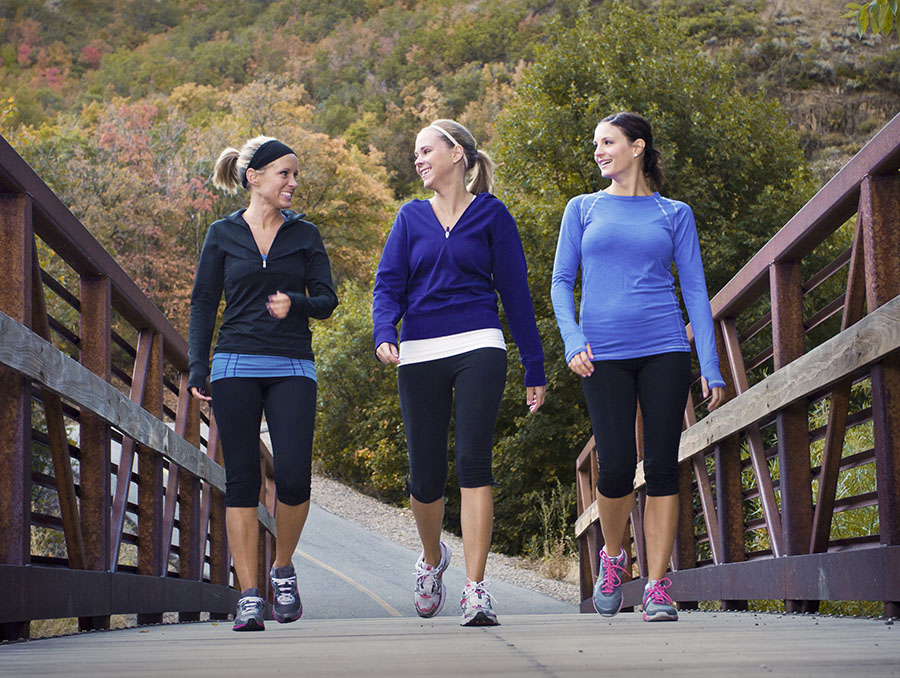This is my new morning ritual during the COVID-19 pandemic — I drive to my office (I am still considered essential) and park (street parking has been wonderfully available). I don my well-worn surgical mask and walk into WWSPT where I undergo symptom screening and a temperature check. Then, I promptly wash my hands and get my computer ready for my patients for the day. All-day long I wear the mask and wash my hands frequently, all this I to prevent the spread of any infection.

Likewise, when I go to the grocery store and the hardware store, I sport my mask. If I jog or walk, I have it with me, just in case I encounter others on the empty routes I usually choose. I cannot, however, exercise for long within its confines, so when outside for a walk I don’t wear my mask but have it with me. Overall, it is a small inconvenience.
A brief evidence review for the use of face masks while in public provides some useful insights as well as underscores the limits of our knowledge.[1] Despite the high frequency of respiratory virus infection across humankind and the low cost of masks, there is a dearth of good studies on face mask use (this is in some ways a commentary on our collective priorities). From five systematic reviews that have been published and two pre-print systematic reviews, one can glean the following:
- There is an abundance of poor-quality studies
- Masks may be superior to no masks in the general public during an influenza epidemic
- Masks were worn less than 50% of the time by people assigned to wear masks
- There is some efficacy if worn by symptomatic individuals
- There is a need for high-quality randomized controlled trials
Justifications for not wearing a mask in public include the limited assessments of effectiveness, the likelihood that they are not worn properly or consistently, the possibility that wearers may feel protected and avoid other public health interventions, and the need to reserve masks for healthcare workers. I wear my mask to protect my self and my patients so I can feel that I can safely provide physical therapy care. I believe it is a simple but again sometimes inconvenient this I can do.
In this review, the authors invoke the precautionary principle in approaching an issue of potential harm when scientific knowledge is lacking. In other words, when it comes to using a simple and cheap intervention that may be effective, they suggest wearing a face mask in public.
Given the thinness of the evidence and my penchant for an evidenced-based approach, why have I adopted a new ritual? I think that there are actually three reasons. First, I do so out of respect for, and in solidarity with my front-line colleagues who depend on PPE for their safety and that of their families. Second, when out and about in my small town, I see myself as a role model for good social behavior. Finally, like the authors, I believe in the precautionary principle when it comes to this strange and frightening virus. What do I have to lose?
Wendy Webb Schoenewald. PT, OCS


 Exercise has many great qualities that impact your physical and mental health, but how often are you supposed to exercise?
Exercise has many great qualities that impact your physical and mental health, but how often are you supposed to exercise?

